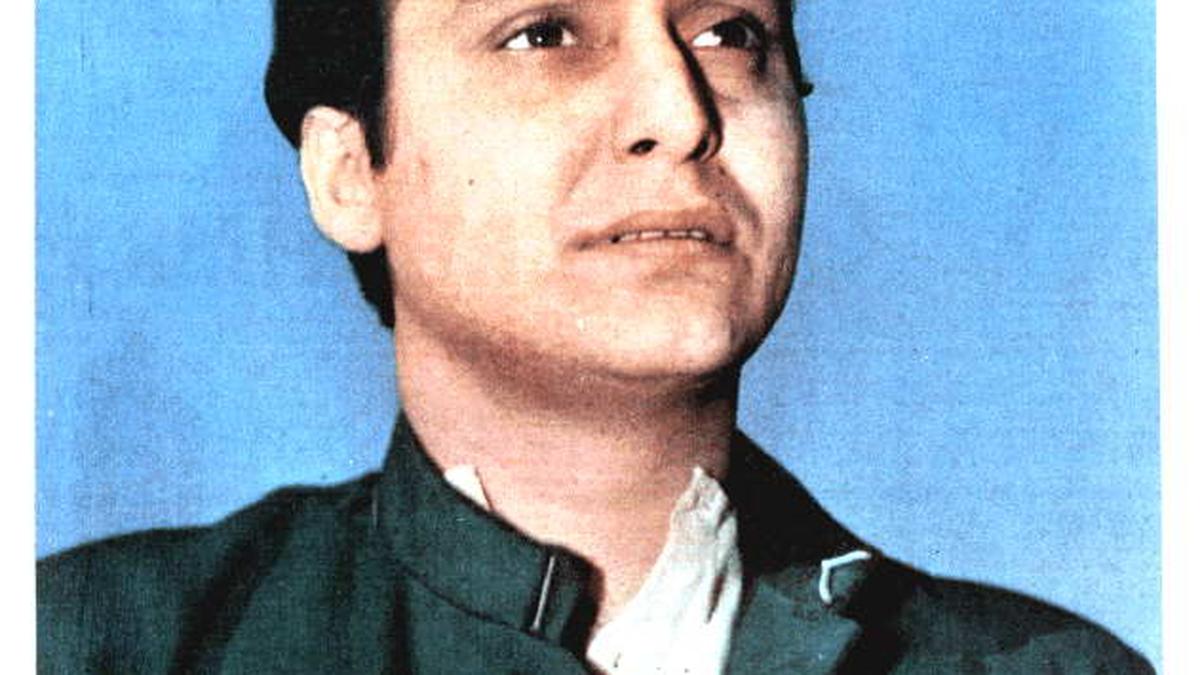Two Indians of the 20th Century to have found among the greatest global recognition in the arts are Rabindranath Tagore and Satyajit Ray. And, closely tied to their life and work was Soumitra Chatterjee (1935-2020). Together, they played important roles in the flourishing of a culture that was simultaneously very Bengali yet universal. It was different from other parts of India — this was a world where Russian literature and German music mixed with Sanskrit and Bengali poetry.
Rabindranath, a friend of Satyajit’s grandfather, Upendra Kishore Roy Chowdhury, was a guru to Satyajit, who, in turn, was Soumitra’s mentor. The Indian government commissioned Satyajit to make a documentary on Rabindranath for the latter’s birth centenary (1961) — he also made films based on Rabindranath’s works, including Teen Kanya, 1961, Charulata (1964) and Ghare Baire (1984). In these films, Soumitra played a hero who seemed to be Rabindranath himself as much as one of his literary heroes, an ideal of the Bengali man.
Soumitra acted in 14, that is 50 per cent of the films Satyajit Ray made. He worked with other major directors, including Tapan Sinha and Mrinal Sen. He never worked with Ritwik Ghatak, whom he disliked intensely.
Soumitra had an elegance about him, in his refined looks and his great personal style. Like many legendary cinema actors, he was also trained in theatre, and worked closely with his directors to perfect his ‘less is more’ acting. His command of Bengali and its dialects and registers contributed immensely to his performances.
Soumitra with Madhabi Mukherjee in Ray’s classic Charulatha
| Photo Credit:
The Hindu Archives
In these films, Soumitra often played an educated, cultural bhadralok figure, contemporary or historical, usually romantic, sometimes maudlin. It is easy to conflate the actor with the roles, and many continue to see him as Apu, after his first film with Satyajit, Apur Sansar (1959).
Sometimes, Soumitra played a more ambivalent character, notably as a seducer of unhappy wives — be it the innocent Amal of Charulata or the exploitative Sandip of Ghare Baire. He was convincing even as Narsingh in Abhijan, the inspiration for Scorsese’s Taxi Driver. Soumitra was also loved for his non-romantic Feluda, the Indian Sherlock Holmes, as Feluda himself acknowledges in the stories.
Although Amitabh Bachchan or Shah Rukh Khan may be among the better known Indian actors globally, Soumitra is known to all who watch world or arthouse cinema. He was by far the most handsome among of his highly talented contemporaries, which included greats such as Chabi Biswas, Robi Ghosh and Utpal Dutta. Soumitra acted with many of the smart and stylish actresses of his generation, including Madhabi Mukherjee, Supriya Choudhury, Aparna Sen and Sharmila Tagore, as well as Waheeda Rehman.
Soumitra with Satyajit Ray on the sets of Ghaire Baire (1984).
| Photo Credit:
The Hindu Archives
Many comparisons are made between Soumitra and Uttam Kumar. The suave Uttam Kumar was the brightest star in popular Bengali cinema, always a star, the Mahanayak. Soumitra, on the other hand, was an actor and an ordinary man going about Calcutta. Unlike Soumitra’s introspective bhadralok/Rabindranathian hero, Uttam’s melodramas often show him as a sensitive middle-class Bengali man negotiating complex roles and wider social questions in his search for love and stability.
Although Uttam Kumar was senior, the two actors were on good terms, and even acted together in Tapan Sinha’s Jhinder Bondi (1961), a version of ‘The prisoner of Zenda’, where Soumitra took on a negative role against Uttam’s advice.
Soumitra’s offscreen life was well known although it seems uneventful for one of India’s most famous and admired actors, being centred on family, friends, work and some political activities. Author Sanghamitra Chakraborty has done a fine job of writing an engaging and fluent book. She draws on a wide range of published works, Soumitra’s own writings, and a wide range of interviews . The book is structured around his work rather than presented chronologically, so his serious films, his missable films, then his theatre work with his other great mentor, Sisir Kumar Bhaduri, before looking at his poetry, his art, and his work as the editor of a literary magazine.
There are no salacious revelations, only discrete mentions of close friendships with other women but it is mostly an analysis of his work set against a rather sad story of a man who felt dissatisfied with himself and sometimes with life.
The new biography
| Photo Credit:
Special Arrangement
Although the book is huge, I enjoyed every page. Sometimes there are long digressions such as into the life of Satyajit Ray. It is difficult to write a book for local audiences (Bengalis who read English) as well as for a global readership. The publishers should have got better photographs or added an index so this can also function as a reference work.
Published – March 26, 2025 04:21 pm IST
